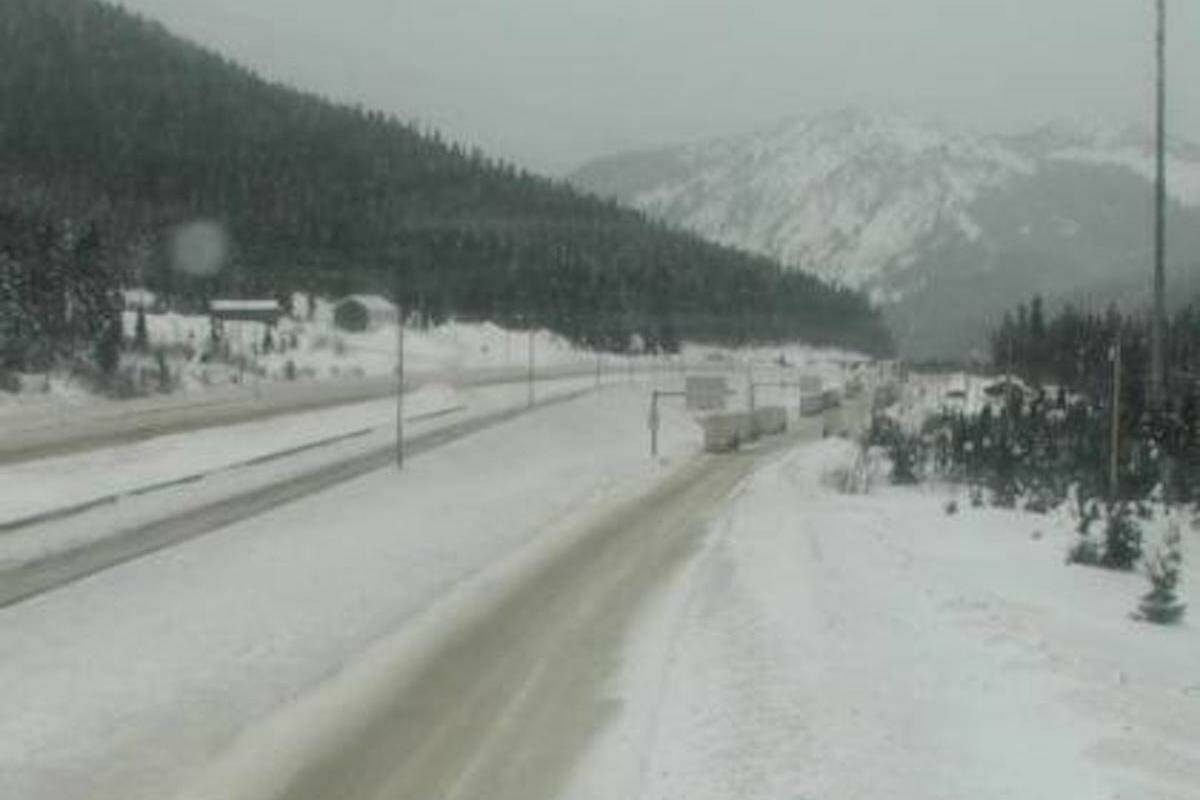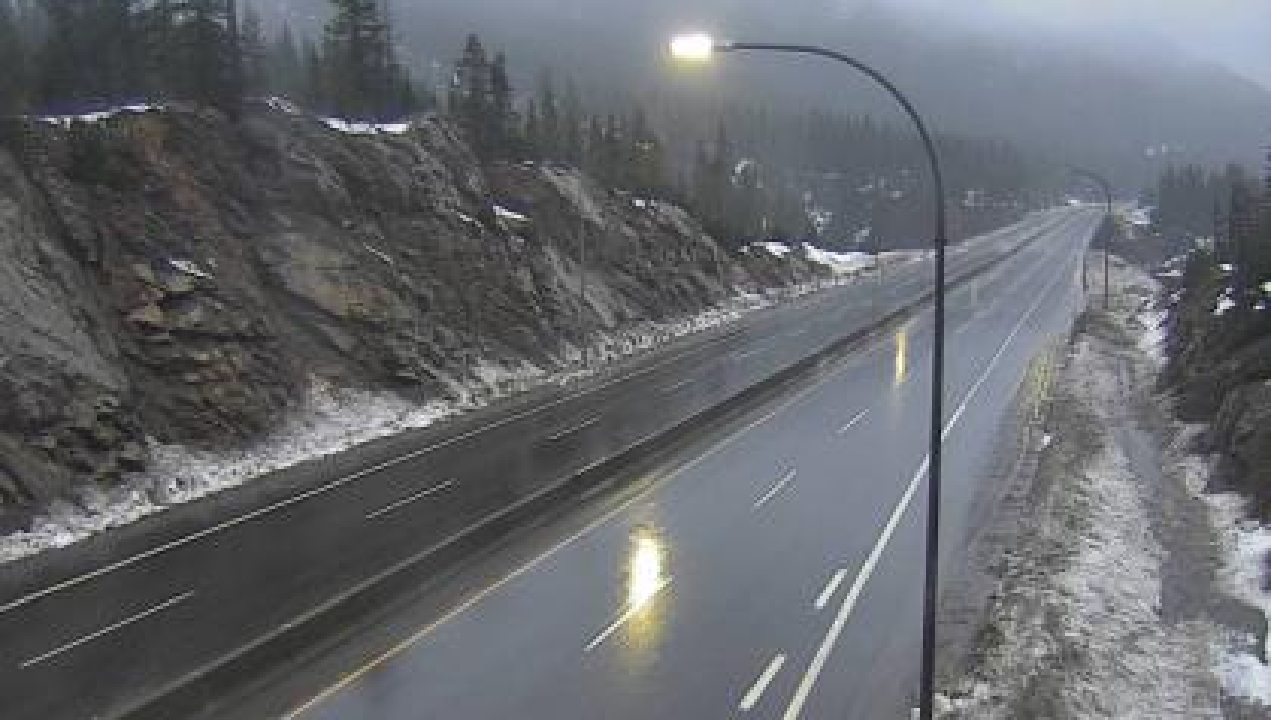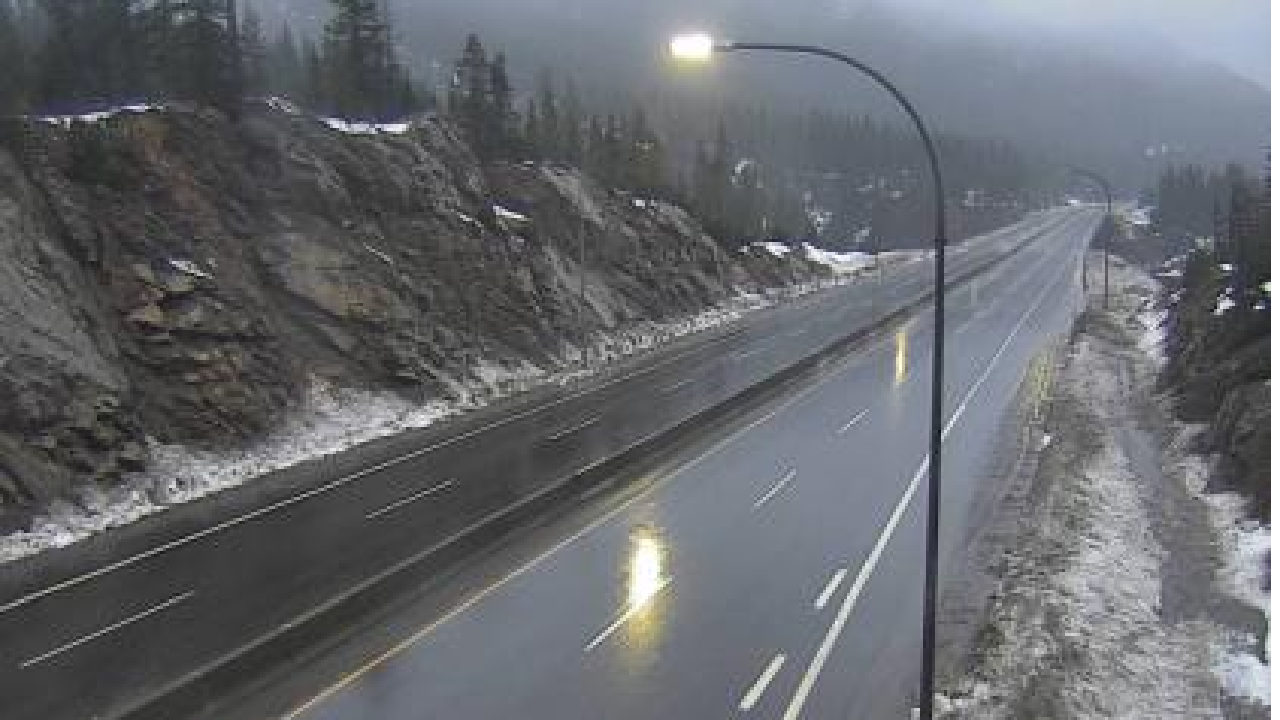Coquihalla weather cameras provide crucial real-time views of this challenging British Columbia highway. Understanding their functionality, accessing their feeds, and interpreting the imagery are vital for safe travel. This resource explores the technology behind these cameras, how to utilize their data, and the importance of this information for drivers navigating the often-treacherous Coquihalla Highway, known for its unpredictable weather patterns and steep inclines.
The Coquihalla Highway, a vital transportation artery in British Columbia, presents unique challenges due to its mountainous terrain and exposure to extreme weather. Real-time weather data, particularly from strategically placed cameras, is essential for drivers to make informed decisions about travel safety and plan their journeys accordingly. This detailed guide explores the various aspects of utilizing Coquihalla weather cameras for enhanced safety and efficient travel planning.
Coquihalla Highway Weather Cameras: A Comprehensive Guide: Coquihalla Weather Camera
The Coquihalla Highway, a vital transportation artery in British Columbia, presents unique challenges due to its mountainous terrain and unpredictable weather. Understanding the weather conditions along this route is crucial for safe travel. This guide provides a detailed overview of the highway, the functionality of its weather cameras, how to access and interpret the data, and alternative information sources to ensure safe and informed journeys.
Coquihalla Highway Overview
The Coquihalla Highway (Highway 5) traverses the rugged Cascade Mountains in British Columbia, connecting the Lower Mainland to the Interior. Its high elevation and exposure to prevailing weather patterns result in frequent and significant weather changes. Snow, ice, freezing rain, and strong winds are common occurrences, particularly during the fall and winter months. The highway plays a critical role in British Columbia’s transportation network, serving as a major freight route and connecting numerous communities.
Real-time weather information is therefore paramount for ensuring the safety and efficiency of travel on this important highway.
Functionality of Weather Cameras

Weather cameras deployed along the Coquihalla Highway utilize sophisticated technology to provide real-time visual data on prevailing conditions. These cameras typically capture images at regular intervals, transmitting them to a central server for processing and distribution. Advanced features such as high resolution, wide viewing angles, and night vision capabilities ensure clear images are captured regardless of lighting conditions.
Monitoring weather conditions, especially in challenging areas like the Coquihalla Highway, often relies on strategically placed cameras. Real-time visual data is crucial for safety and planning. Similar systems are used in other locations, such as the port dover camera , which provides valuable oversight for a different type of environment. The Coquihalla weather camera, therefore, is just one example of how visual monitoring enhances situational awareness and improves decision-making.
Different types of cameras, including those with thermal imaging or specialized lenses for enhanced visibility in adverse weather, may be employed. Thermal cameras, for instance, offer the advantage of detecting temperature variations, potentially highlighting areas of black ice, even when not readily visible to the naked eye, although they might have a lower resolution than standard cameras. Standard high-definition cameras provide detailed visuals but may struggle in low-light conditions or heavy snowfall.
Monitoring the Coquihalla Highway’s weather conditions is crucial for safe travel, especially during winter storms. Real-time data from the Coquihalla weather camera provides valuable insights for drivers. Consider the implications of such technology in a broader context; for example, the precision required for controlling a shahed drone also relies heavily on accurate environmental data. Therefore, the principles behind the Coquihalla weather camera’s technology have wider applications in various fields demanding precise situational awareness.
Accessing Coquihalla Weather Camera Data
Accessing live feeds from Coquihalla weather cameras is generally straightforward. Several online platforms and mobile applications provide access to real-time imagery. Below is a table listing reliable sources. However, it’s important to note that internet connectivity issues or website outages can occasionally impact access to these feeds.
| Source Name | URL | Image Quality | Update Frequency |
|---|---|---|---|
| DriveBC (Example) | drivebc.ca (Example) | High Definition (Example) | Every 5 minutes (Example) |
| Ministry of Transportation and Infrastructure (Example) | Example URL | Variable (Example) | Variable (Example) |
| (Add more sources here) | (Add URLs here) | (Add image quality here) | (Add update frequency here) |
Interpreting Weather Camera Images

Analyzing weather camera images requires understanding visual cues. Snow accumulation, ice patches, and reduced visibility are readily identifiable. The presence of fog, blowing snow, or heavy rain significantly impacts driving conditions. The following list details common weather phenomena visible in the images:
- Fog: A hazy or misty condition reducing visibility. Images will show a reduced contrast and blurring of distant objects.
- Blowing Snow: Snow lifted and transported by the wind, significantly reducing visibility. Images will show a swirling or hazy effect with limited visibility beyond a short distance.
- Heavy Rain: Intense precipitation reducing visibility. Images will show streaking patterns and a generally darker, washed-out appearance.
- Snow Accumulation: Visible accumulation of snow on the road surface, indicating potential for hazardous driving conditions. Images will clearly show the snow covering the road.
- Ice Patches: Often difficult to detect directly but may be indicated by a change in the reflective properties of the road surface or the presence of other visual cues such as accumulated snow around the patch.
Impact of Weather on Highway Safety, Coquihalla weather camera

Adverse weather conditions significantly impact driving safety on the Coquihalla Highway. Black ice, often invisible, is a major hazard. Heavy snowfall reduces visibility and traction. Strong winds can make driving difficult, especially for larger vehicles. Drivers should exercise extreme caution, reduce speed, increase following distances, and ensure their vehicles are equipped with winter tires and emergency supplies when traveling during adverse weather.
Alternative Information Sources
Beyond weather cameras, several alternative sources provide information on Coquihalla Highway conditions. Government websites like DriveBC offer up-to-date road reports, while news reports and mobile apps often include weather forecasts and travel advisories. It’s advisable to consult multiple sources before embarking on a journey to gain a comprehensive understanding of prevailing conditions and potential hazards.
Safe travel on the Coquihalla Highway relies heavily on access to accurate and timely weather information. Coquihalla weather cameras offer a critical visual component, supplementing other data sources to provide a comprehensive picture of road conditions. By understanding how to access and interpret the camera feeds, drivers can significantly mitigate risks associated with adverse weather, ensuring a safer and more predictable journey.
Remember to always check multiple sources before embarking on your trip.
FAQ Section
How often are the Coquihalla weather camera images updated?
Update frequency varies depending on the source and specific camera. Check the source’s information for details.
What should I do if a weather camera feed is unavailable?
Consult alternative sources like DriveBC or Environment Canada for road condition updates.
Are there mobile apps that show Coquihalla weather camera feeds?
Some weather and traffic apps may incorporate feeds; check app descriptions for this functionality.
What is the best time of day to use the weather cameras for optimal viewing?
Optimal viewing depends on weather and lighting. Daytime generally provides clearer images, but night vision capabilities vary among cameras.
